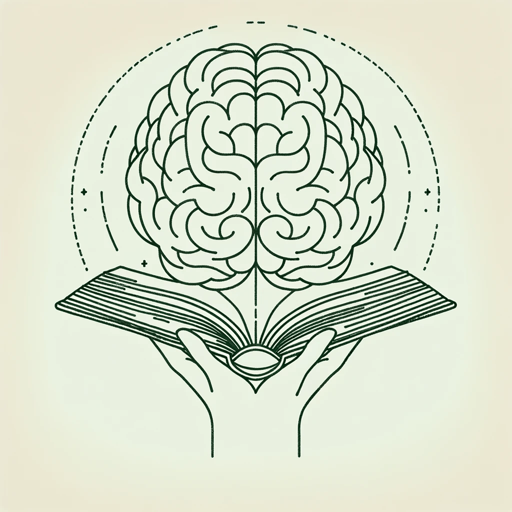60 pages • 2 hours read
C. G. JungMan and His Symbols
Nonfiction | Book | Adult | Published in 1964A modern alternative to SparkNotes and CliffsNotes, SuperSummary offers high-quality Study Guides with detailed chapter summaries and analysis of major themes, characters, and more.
Themes
Individuation and the Reunion of the Conscious and Unconscious Mind
The process of individuation is introduced by Jung and described in detail by Henderson in Part 2 and by von Franz in Part 3. Individuation is a lifelong process which begins at birth. A person is born with their whole Self intact, but it becomes fragmented over time. Individuation is propelled by the forces of the unconscious mind and cannot successfully occur unless a person is open to the communications that the unconscious provides. There exists within the human unconscious a vast array of dualities which intersect and affect each other. These dualities include “day and night, birth and death, happiness and misery, good and evil” (69). The very fabric of human existence seems to be structured around the framework of dualities. The animus or anima acts as a mechanism through which the unconscious communicates messages that aid in the individuation process. This is because the anima or animus represents the aspects of a person that are repressed or ignored, and it is through acknowledging, accepting, and adapting these traits that a person individuates.
Jaffé refers to this process as the “union of opposites” (226).


